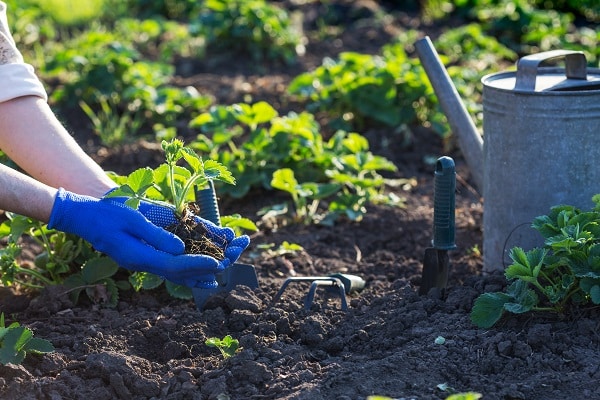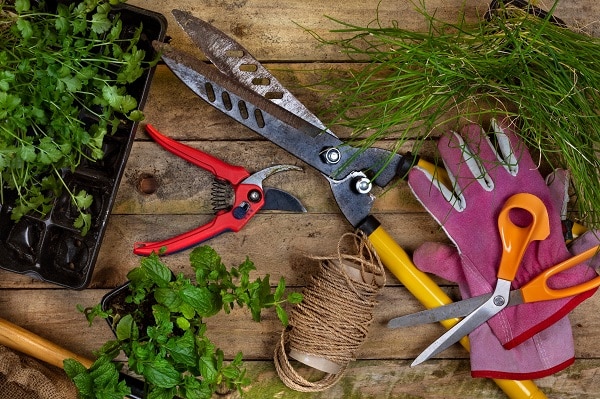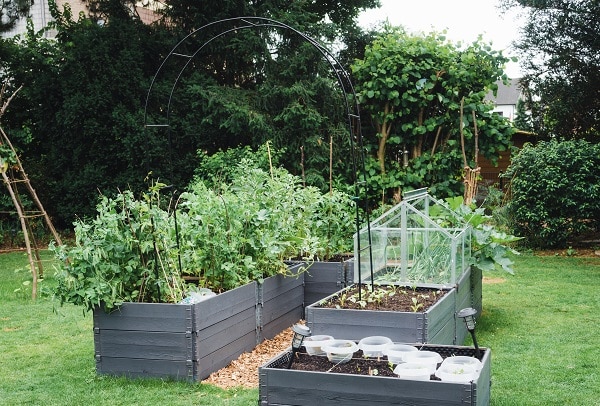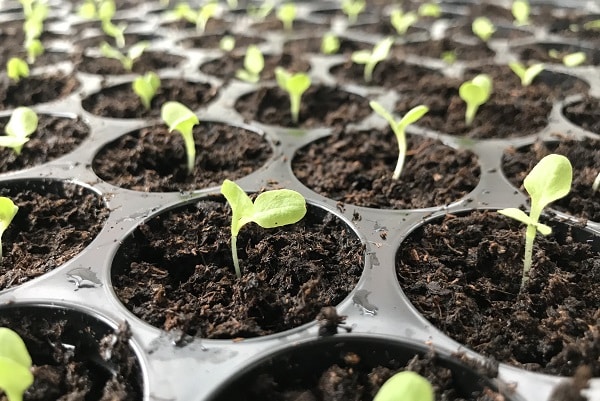Gardening can be a fun and rewarding activity, but it can also be intimidating for those who have never done it. So if you’re looking to start a garden from scratch, but don’t know where to start, don’t worry; you’ve come to the right place. This post will outline everything you need to start, from choosing the right spot to planting your first seeds. So read all the information you need to create your own garden oasis!
Contents
Figure Out Your Climate Zone
One of the most important things to consider when starting a garden is your climate zone. Different plants require different amounts of sunlight and rainfall, and they also have different temperature tolerances. By understanding your climate zone, you can choose plants that are well-suited to your area and be confident that they will thrive. There are a few different ways to figure out your climate zone.
One is to consult a map produced by the USDA, dividing the country into 11 zones. Another option is to look up your average first and last frost dates, as these can give you an idea of the length of your growing season. Once you know your climate zone, you can start planning your garden with confidence.
Decide What You Want To Grow
Before you can start growing your dream garden, you need to decide what you want to grow. Consider what kinds of plants you like and what will grow well in your climate. If you’re not sure where to start, here are a few ideas to get you thinking:
- Herbs: Herbs are an excellent choice for beginning gardeners. They’re relatively easy to care for and can be used in various recipes. Popular herbs include basil, rosemary, and thyme.
- Vegetables: Homegrown vegetables taste far better than anything you can buy at the store. Tomatoes, peppers, and squash are all good choices for novice gardeners.
- Flowers: Flowers add beauty and color to any garden. If you’re unsure which ones to choose, ask your local nursery for recommendations. Favorites like roses and tulips are always popular options.
- Fruit: Growing your fruit is a delicious way to enjoy the fruits of your labor. Apples, strawberries, and blueberries are all excellent choices for home gardens.
Once you’ve decided what you want to grow, it’s time to get started on your dream garden!
Choose The Best Location For Your Garden
If you’re planning to start a garden, choosing the right location is one of the most critical decisions. The type of plants you want to grow, the amount of sunlight they need, and the amount of space you have will all play a role in determining the best location for your garden. Here are a few things to keep in mind when choosing a location for your garden:
- Sunlight: Most plants need at least six hours of sunlight per day, so choose a location that gets plenty of sun. If you’re growing shade-loving plants, make sure taller plants or buildings won’t overshadow them.
- Soil: The quality of your soil will have a significant impact on the success of your garden. If you’re not sure what kind of soil you have, get it tested before you plant anything. You may need to add amendments to improve the quality of your soil.
- Drainage: Good drainage is essential for a healthy garden. Choose a different location or build raised beds if your soil doesn’t drain well. Poor drainage can lead to waterlogged roots, which can kill your plants.
- Space: Make sure you have enough space for the type of garden you want to create. If you’re short on space, consider planting in containers or growing vertically. With a bit of creativity, you can grow a beautiful garden in even the smallest spaces.
By choosing the best location for your garden, you’ll set yourself up for success from the start.
Acquire Basic Gardening Tools
Basic gardening tools make outdoor chores easier. Garden hoes, spades, rakes, and lawn mowers are perhaps the most commonly used items. A wheelbarrow or small dump cart greatly eases the transportation of yard waste, soil, garden tools, and even plants. A hose and watering can help to keep newly planted gardens and lawns adequately hydrated during the establishment period when they cannot yet tap into underground water sources.
A pair of pruning shears is also a valuable basic gardening tool for deadheading flowers, trimming shrubs and small trees, and cutting back perennials in the fall. Finally, a snow shovel is a necessary basic gardening tool in cold climates for clearing walks, driveways, and patios after winter storms. Keeping a few essential items on hand allows any gardener to be ready for most basic gardening tasks.
Make Your Garden Beds
Spring is the perfect time to get your garden beds ready for planting. But starting from scratch, you may wonder how to go about it. The first step is to choose a location for your bed. You’ll want to pick a spot with plenty of sunlight and good drainage. Once you’ve found the perfect spot, it’s time to start digging. You’ll need to remove all the grass and weeds from the area, as well as any rocks or roots.
Once your bed is clear, you can add some compost or other organic matter to help improve the soil quality. Then, it’s time to start planning what you want to plant. Consider what plants will do well in your climate and soil type and how much sun and water they need. With some planning and preparation, you can create a beautiful garden that will thrive for years.
Plant Your Seeds Or Seedlings
Many gardeners face the question of whether to plant their seeds or seedlings. There are advantages and disadvantages to both methods. Planting seeds offers the advantage of being cheaper, as they are generally less expensive than seedlings. In addition, you have a greater variety of plants to choose from when you start with seeds. You can also start your plants earlier in the season, giving them a longer growing season. However, planting seeds also has some drawbacks. Getting seedlings to germinate can be more challenging, and they require more care and attention than seedlings.
In addition, you may not have the exact plant you wanted. Seedlings, on the other hand, offer the advantage of being easier to care for than seeds. They also have a higher success rate, so you are more likely to end up with the plant that you wanted. However, seedlings can be more expensive than seeds, and you may not have as many varieties to choose from. Ultimately, whether to plant seeds or seedlings comes down to personal preference. Experiment with both methods and see what works best for you and your garden.
Start A Garden From Scratch Today!
Starting a garden from scratch can be daunting, but it’s well worth the effort. With some planning and some elbow grease, you can create a beautiful garden that will provide you with years of enjoyment. The most important thing to remember is to have fun and don’t be afraid to experiment. There are no rules when it comes to gardening, so go ahead and let your imagination run wild. Who knows, you might discover the next big thing in horticulture.





